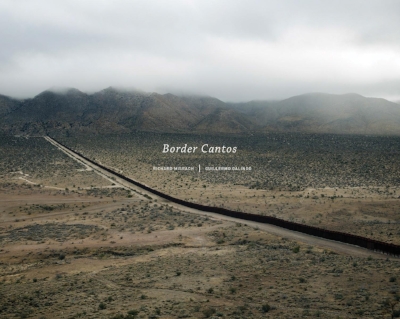Thinking Routine: Beauty and Truth
Complex topics can make room for complex thinking. However, unexplored complexity can make for simplistic, one-sided, or even vague thinking. Issues that contain multiple perspectives or have far-reaching consequences can be all the more difficult to unpack when kept at an abstract and broad level. “What do you think about the U.S.-Mexico border wall?” can be a tough place to begin formulating one’s opinion about it. Incomplete thinking can lead people to simply repeat what they’ve heard from others or to memorize a few talking points without looking deeper into why or how something came to be.
The specificity that photography provides can offer students a humanizing entry point into complex thinking. While these discussions can be opportunities for thinking more about something, they can also be opportunities for thinking about what we do with our thinking.
Beauty and Truth: A Thinking Routine
The thinking routine Beauty and Truth can prompt just enough juxtapositions to stimulate early conversations and further points of inquiry. It is particularly suited for examining visual works of art that present complex topics. In the exercise below, Beauty and Truth is paired with photographs from Richard Misrach’s Border Cantos series of the U.S.-Mexico border wall.
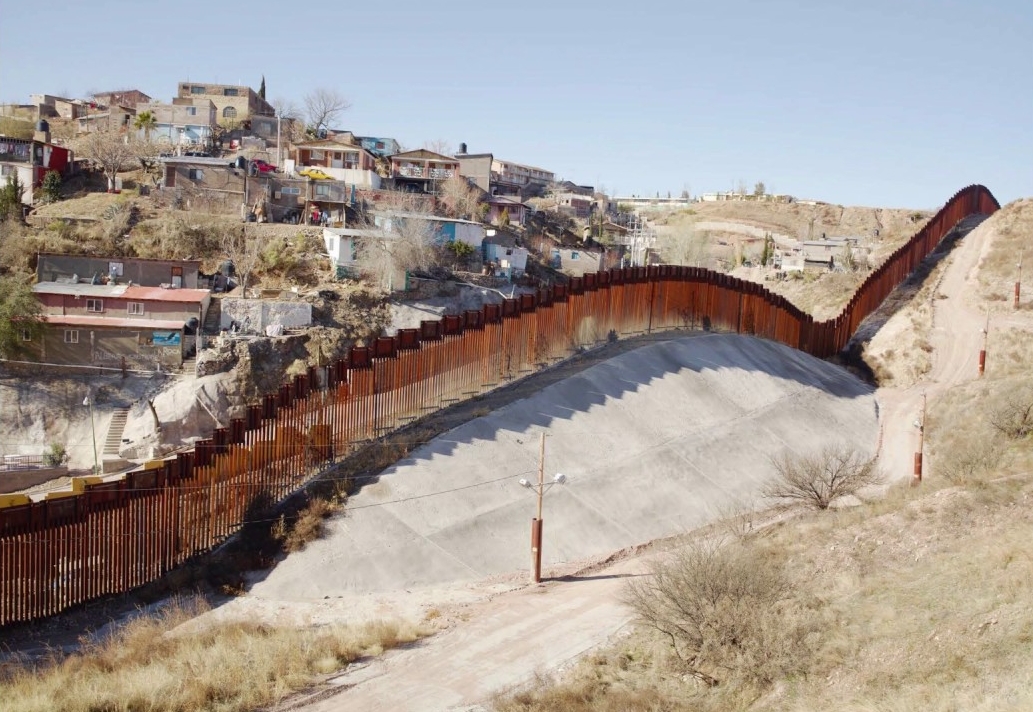
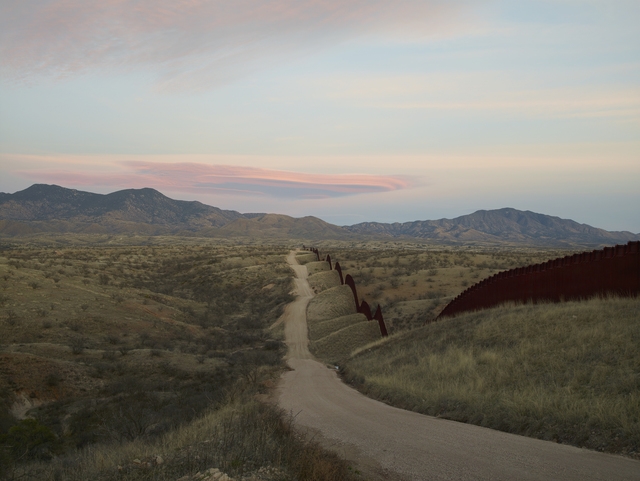

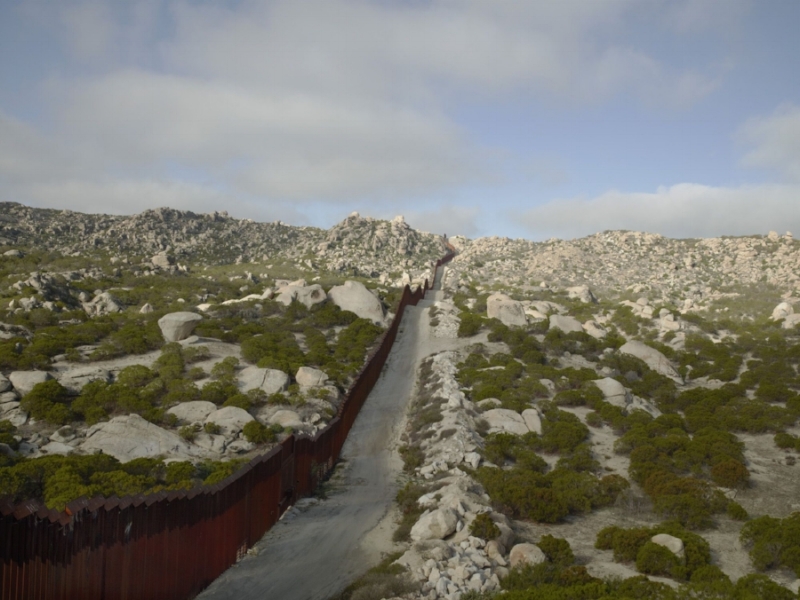
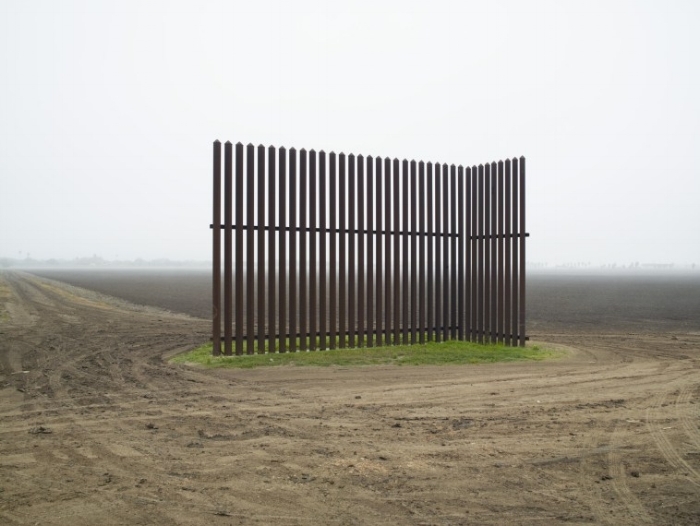
Background
The above images form part of Misrach’s Border Cantos series. A canto is a literary term that refers to a long subsection of an epic, or long narrative poem. The literal translation of canto into Spanish means “the singing” or “chant.” In Italian, it means “song.” The book features eight photographic cantos, each one its own subsection of a larger narrative told through a series of photographs. As viewers study the photographs presented here, what story does each one “sing?” How might the photographs work together to tell a larger story?
Exercise
How can photography leverage a sense of beauty in its images so that we, the viewer, are more compelled to explore its truth? Students may have a vague sense of the U.S.-Mexico border wall. The following images can allow them to surface what they have heard about it, all while reading the photographic elements that make these photographs works of art. For now, encourage a close reading of one photograph via the routine below. Ask students to support their statements by encouraging them to point out specific elements of the photograph that have led to their observation. Teachers can help this along by asking “What makes you say that?” or “Tell me more about what you see there.”
Beauty and Truth:
Do you see beauty in this work? (compositional elements, technique, story)
Do you see truth in this work? (compositional elements, technique, story)
How might beauty help us find more truth?
How might truth help us find more beauty?
You might want to close the routine by creating a list of questions or “wonders” that have been sparked through the exercise. The questions don’t need to be answered right away (explain to students that they can be starting points for further inquiry).
Additional ideas to consider:
What drew your eye into the photograph?
Does the topic feel at odds with an image that could be called beautiful?
Do you think the photographer wanted to say something specific through his photograph? Why do you think this?
Reflect on the routine/Explore the thinking:
What might be complicated about setting out to find the truth of a topic?
Were there any differences of opinion regarding what was beautiful?
Did anything surprise you?
How did it feel to look for elements of “truth” and “beauty”? Overwhelming? Simple?
Special Thanks
**I would like to thank Denise Coffin for first pairing Richard Misrach’s Border Cantos with the Beauty and Truth routine. Denise is a talented educator in the Washington D.C. area and an instructional coach for Project Zero's Creating Cultures of Thinking course with Harvard University. You can follow her inspiring posts on education practices on Twitter @teamcoffin.
Additional Resources
Richard Misrach is an American photographer and the recipient of four National Endowment for the Arts Fellowships, a Guggenheim Fellowship, and the Kulturpreis for Lifetime Achievement in Photography. In 2016 he collaborated with composer Guillermo Galindo to produce Border Cantos. The book features eight photographic series that all feature aspects of the U.S.-Mexico border wall. Galindo has created musical instruments from the artifacts left behind in the border crossings of migrants. Visit the website for videos and sounds of those instruments.
Staffs of The Arizona Republic and USA Today Network won the 2018 Pulitzer Prize in Explanatory Reporting for “vivid and timely reporting that masterfully combined text, video, podcasts and virtual reality to examine, from multiple perspectives, the difficulties and unintended consequences of fulfilling President Trump's pledge to construct a wall along the U.S. border with Mexico.” Read the collection of articles, featured on the Pulitzer Prize website. An accompanying discussion guide collects some of the various “characters” whose personal stories offer examples of how the wall has real consequences.
The New York Times has a collection of additional photos sent in by their readers. Short captions provide a brief context and varying perspectives from people considering the beauty and truth of the border in their own way. The New York Times article “Before the Wall: Life Along the U.S.-Mexico Border” features vignettes from those who have lived along the border long enough to note the changes the wall has made.
Beauty and Truth is a thinking routine developed by Project Zero, the research institute at Harvard Graduate School of Education. For more about thinking routines, visit the following sites: Artful Thinking, Visible Thinking, Global Thinking Routines, Agency by Design.
*Frontispiece
Richard Misrach’s “Wall, Nogales, Arizona, 2013” from Border Cantos.


